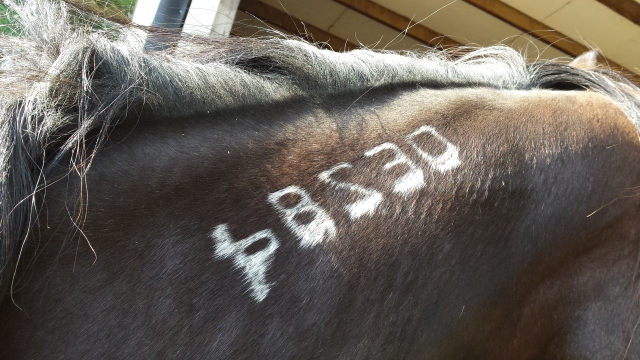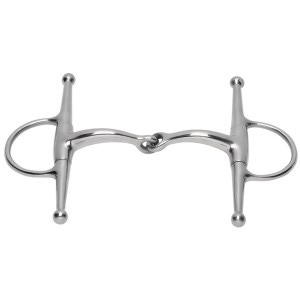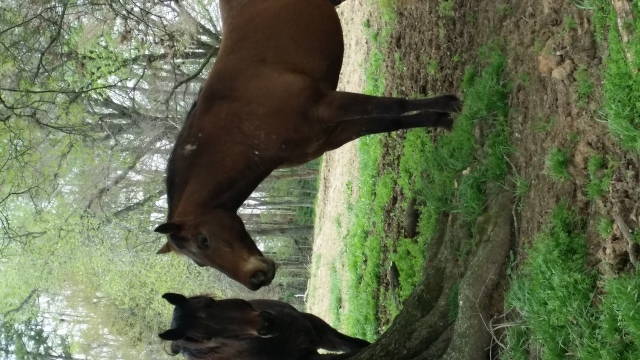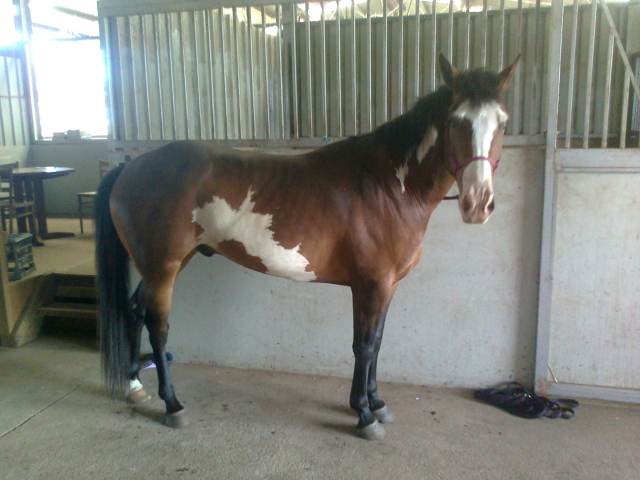QuestionI have a 14yr old mare purchased 7 years ago. At the time I knew very little about a horses conformation. The woman said she had a little bit of arthritis in her right leg. My vet later said he thought it was ringbone and our farrier mentioned her leg was slightly twisted. We no longer ride her. She has been retired to 140 acres. Lately, I have notice her fetlock is getting larger and is painful. It has always been slightly larger but now it is quite noticeable. What type of anti-inflammatory can I use? What other treatments would make her more comfortable? Is this type of condition one that would shorten her life due to pain management issues?
Thank you for taking the time to help.
AnswerCheryl:
The first thing you need to get done is to have the leg radiographed so you can specifically identify what the problem is. There are a few conditions that can affect things in the leg other than the joint and can lead to long term chronic swelling. If this is indeed due to fetlock arthritis or ringbone, which is simply arthritis in the lower joints- below the fetlock, it will be apparent on the radiographs. If this confirms the arthritis, you can do some things to help control the progression and pain, but you cannot cure the condition. Generally, we use joint supplements to help with these conditions. These include oral supplements, IV hyaluraonic acid, and IM polysulfonated glycosaminoglycans (aka Adequan). If the condition is advenced, it is unclear if these approach is likely to be very helpful. Pain managment is probably necessary if and when the horse appears to be lame at the walk and trot and is partially dependent on how lame she is. You cannot keep a horse on Bute or Banamine or other such drugs safely for indefinite periods of time, as they will become toxic to the kidneys and intestinal tract. You may be able to use the new drug Equiiox for longer periods of time for pain managment, but it too cannnot be continued indefinately. This condition can shorten her life if she becomes or is severely lame. However, many times the leg will look alot worse than the level of discomfort it causes. As she ages though, the disease will progress and she may become more uncomfortable and have more difficulty getting around. My sugggestion for you is to start by identifying the problem with radiographs and define its severity with these as well. Then, get with your vet to decide the best way to manage her to keep her comfortable. I hope this helps some. Good luck to you. Feel free to contact me again.

 nutrition
Question
Prova dos Tratadores
I am taking olive leaf ex
nutrition
Question
Prova dos Tratadores
I am taking olive leaf ex
 neck tattoo
Question1st mare
QUESTION: Have 2 mare that I ha
neck tattoo
Question1st mare
QUESTION: Have 2 mare that I ha
 curved mouthpiece bits on racehorses
Question
curved mouthpiece
hello Lynne. I work i
curved mouthpiece bits on racehorses
Question
curved mouthpiece
hello Lynne. I work i
 my horses neck looks swollen
Question
horse on right
My horse has been at ano
my horses neck looks swollen
Question
horse on right
My horse has been at ano
 QH x Paint pigrooting / bucking
Question
Saxon
Hi Lyn,
I saw your response to another
QH x Paint pigrooting / bucking
Question
Saxon
Hi Lyn,
I saw your response to another